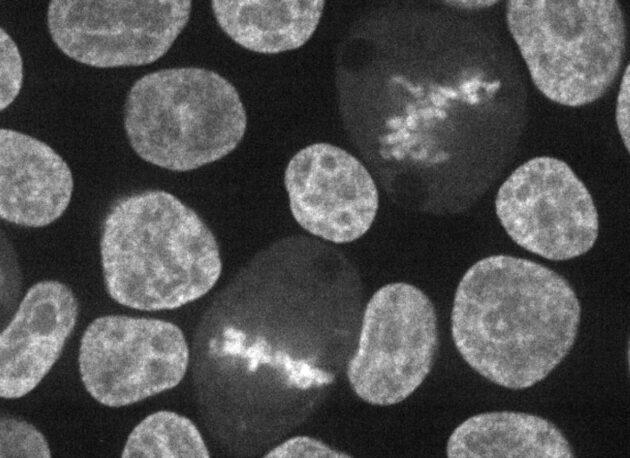Allen Institute takes on a supporting role in experiment to grow stem cells in space

Views (169)

Space: The final frontier … for stem cells? Seattle’s Allen Institute for Cell Science says cells from its collection are going into space for the first time on a private mission to the International Space Station. The Allen Cell Collection’s assortment of human induced pluripotent stem cells, or IPSCs, will be the focus for one of more than 20 experiments being sent into orbit on a flight organized by Texas-based Axiom Space. Former NASA astronaut Peggy Whitson will command the Ax-2 mission — A
Pluripotent stem cells have the ability to differentiate into almost any other kind of cell in the body, including heart cells and brain cells. Researchers have figured out how to reprogram ordinary cells — typically, skin cells — and induce them to become pluripotent stem cells. But there are still hurdles to overcome.
Stem cell production techniques have been improving, but researchers say gravity-induced tension may make it difficult for masses of IPSCs to expand and grow.
The IPSCs from the Allen Cell Collection carry a gene that has been edited to make parts of the cells glow when illuminated by specific wavelengths of light.
Gunawardane said she and her colleagues “never envisioned our cells making it to space when we created this collection,” but Sharma said the cells’ fluorescence will serve as a key metric for the Cedars-Sinai experiment.
“These particular cells that are making the journey to space are from a beautiful cell line to work with, because you can see them glowing green when they are most potent,” Sharma said. “It’s a great visual readout for how healthy our cells will be in microgravity.”
In addition to monitoring the cells’ potency, the Cedars-Sinai team plans to investigate whether DNA can effectively be introduced into the cells in the space station’s zero-G environment.
At the end of the Ax-2 mission, the cells will be returned to Earth. If this experiment and follow-up studies live up to researchers’ hopes, it could lead to improvements in stem-cell production techniques for research and therapeutic purposes. Who knows? The final frontier just might become a new frontier for biotech.
0 Likes
